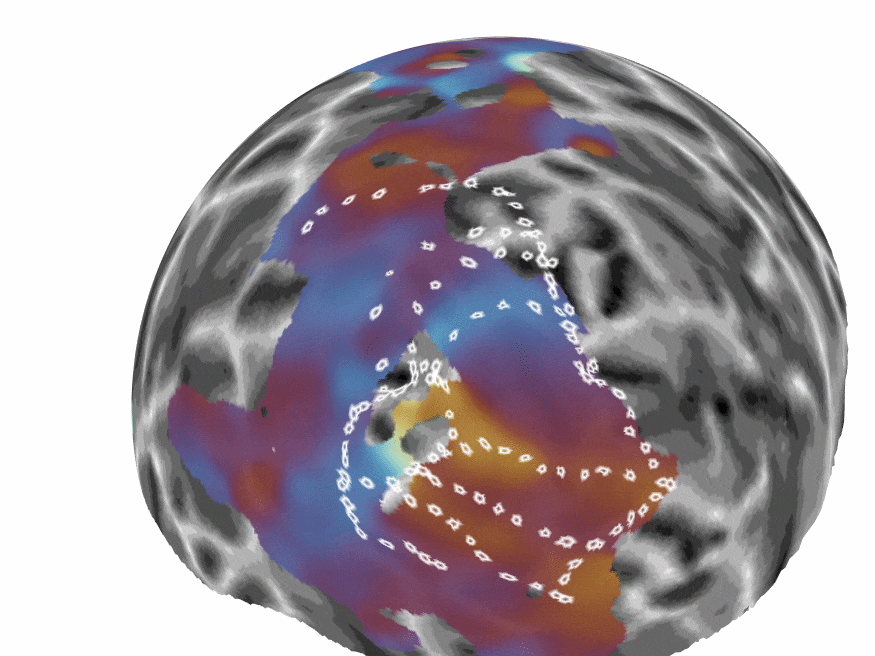
Projects
Sound Localisation
We discovered a strange auditory illusion that causes people to hear sounds directly in front of them as coming from behind them. In future research, we want to better understand how this illusion arises and its implications, for example by testing if it occurs in congenital blind individuals and how it depends on expectations. This is a collaboration with Paul Corballis in the School of Psychology.

Mental imagery
Mixing qualitative and quantitative techniques, we explore the diversity of mental visual imagery and how this relates to mental health and general well-being. Through novel perceptual tasks, brain imaging, and physiological markers we seek to better understand the mechanisms giving rise to these different expressions.

Awareness & Grouping
We use psychophysics and functional brain imaging to understand how the brain organises visual inputs in the absence of awareness.
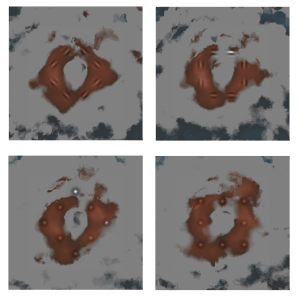
Novel Visual Field Test
Related to our work on visual field defects (scotoma), we have been developing novel ways for measuring visual fields. These methods aim to be more efficient, more precise, and more interesting for the patient. People frequently complain that standard tests are tedious, unpleasant, and stressful. We hope to overcome these problems and develop our tests so they can be used also via home devices or practices outside specialised clinics.

Interplay of perception & behaviour
In collaboration with Phil Turnbull, our School’s virtual reality expert, we use VR and psychophysics to study how perception influences cognition and behaivour. For instance, we are interested in how motorists perceive their driving speed and how we can use visual processing principles to make driving safer. In the same vein, we also conduct real-world experiments to test how visual processing (especially perceptual illusions) affect things like dart-throwing performance.

Visual object size
An on-going research interest of the lab has been to better understand how we infer the size of visual objects. Experiments in this project involve psychophysics and functional brain imaging to investigate neural mechanisms. This also includes a collaboration with Sarah Weigelt’s group at TU Dortmund, Germany, on the development of spatial vision.
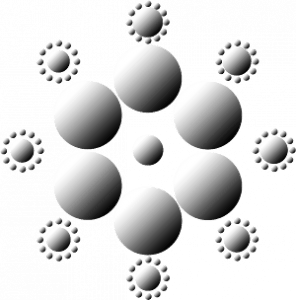
Spatial tuning
We use functional MRI to better study the potential links between receptive field sizes in visual cortex and spatial vision. Research in this area both investigates healthy brains and how visual processing differs in a range of neurological, developmental or psychiatric conditions.
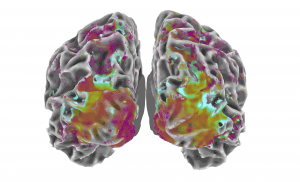
Mapping connections
We use recent advances in neuroimaging analysis techniques to map the fine-grained spatial organisation of functional connectivity between brain areas. Using such procedures allows us to map the functional architecture of visual brain areas while participants watch movies or play video games, obviating the need for constraining conditions typically required by such studies.
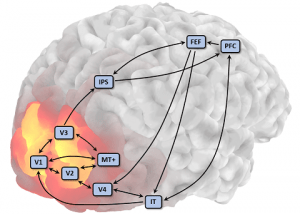
Our lab has developed the SamSrf Matlab toolbox for analysing functional maps in the brain: https://osf.io/2rgsm/
